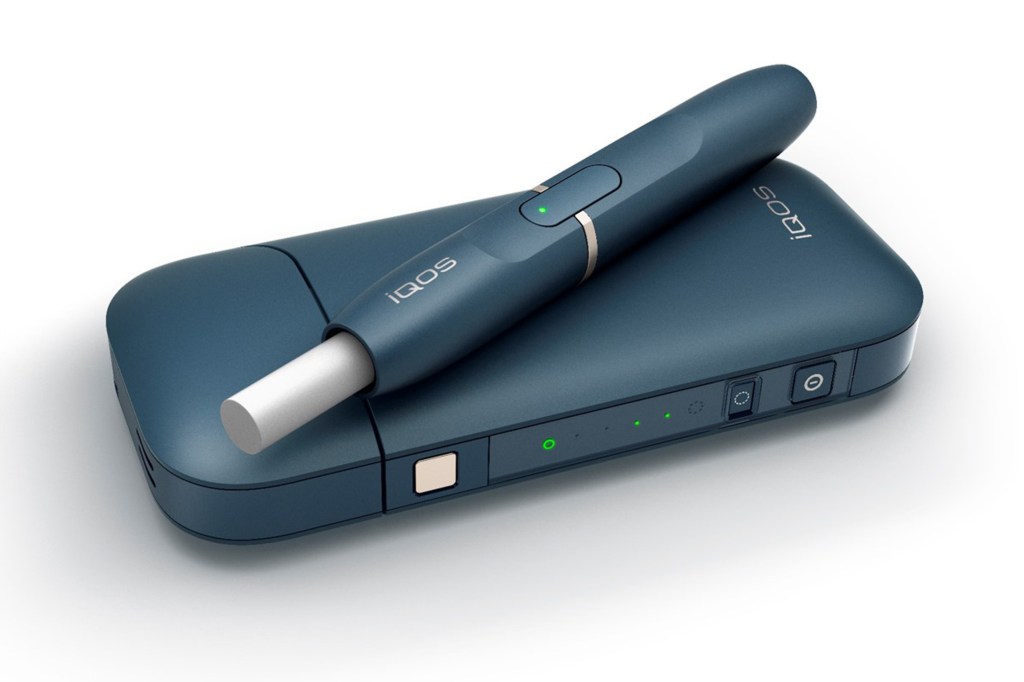The tobacco industry may be staring down the barrel of a revolution, with Philip Morris (PMI) shifting its business vision from cigarette-manufacture to ‘Reduced-Risk Products’ (RRP).
According to Philip Morris, RRPs have the potential to lessen the risk of harm to smokers. The concept is that they do not burn tobacco, but rather heat it to 300 degrees, which produces “far lower quantities of harmful and potentially harmful compounds than found in cigarette smoke”.
The report showed the HeatSticks (the tobacco product for RRPs) shipment volume of 3.7 billion units was up from 62 million units in 2015, according to the Q4 results.

The 2016 full-year report also showed promising signs as shipment volumes of 7.4 billion units rose from 396 million units in 2015.
Currently, the Heatsticks/RRP range is in various stages of development, scientific assessment and commercialisation.
Meanwhile, reported net revenues of $75 billion rose by 1.4 per cent. Net revenues of $26.7 billion (excluding excise taxes) were down by 0.4 per cent.
The company saw reported operating income of $10.8 billion, increasing by 1.8 per cent, and operating company income of $11.1 billion, up by 1.6 per cent.
The 2016 fourth-quarter report showed cigarette shipment volume of 200.6 billion units were down by 4.4 per cent compared with the 2016 full-year when shipment volumes of 812.9 billion units decreased by 4.1 per cent.
Philip Morris International chief executive officer André Calantzopoulos credited the performance to a combination of factors.
“Our results last year underscore the strength of our existing business, driven by our world-class brand portfolio, the enormous promise of our Reduced-Risk Products and the tremendous commitment of our talented employees,” he said.
In December the company made its submission of the Modified Risk Tobacco Product Application for the heat-not-burn IQOS product to the U.S. Food and Drug Administration.
PMI vice president of communications Tony Snyder said that after more than ten years of research and development, the company had both the science and the technology to make RRPs “a reality for the world’s 1.1 billion smokers”.
“Adult smokers are looking for product choices that offer the satisfying taste, ritual, and pleasure they get from cigarettes, but with far lower amounts of the harmful compounds found in smoke,” he said.

